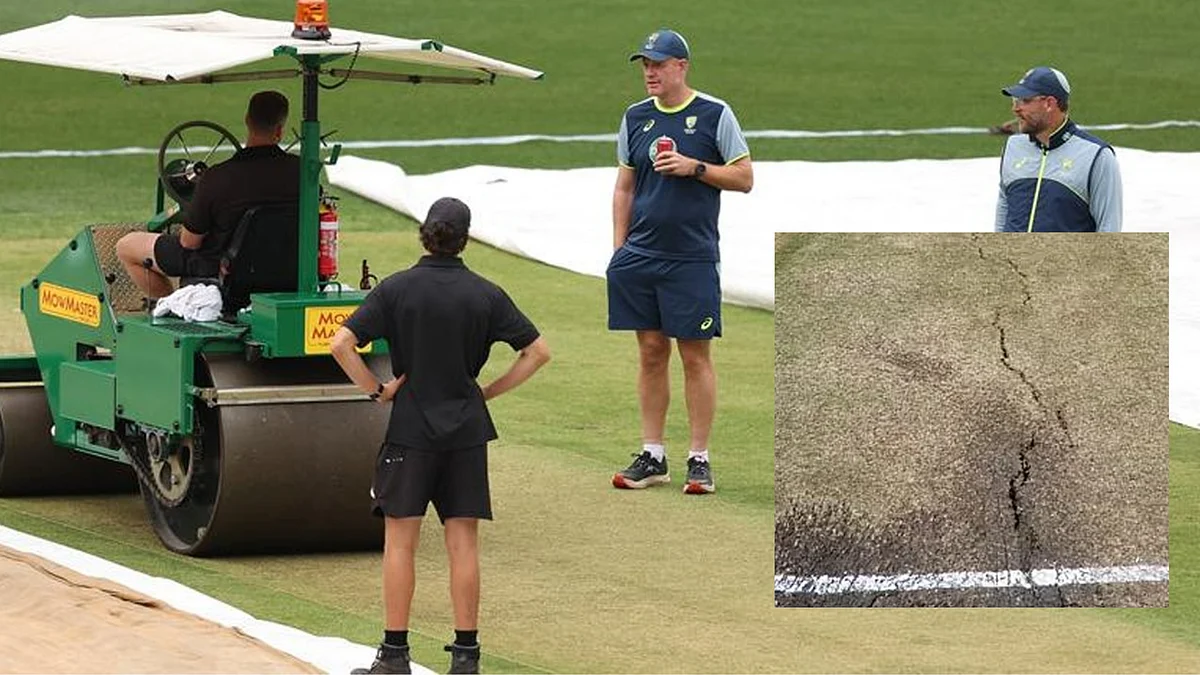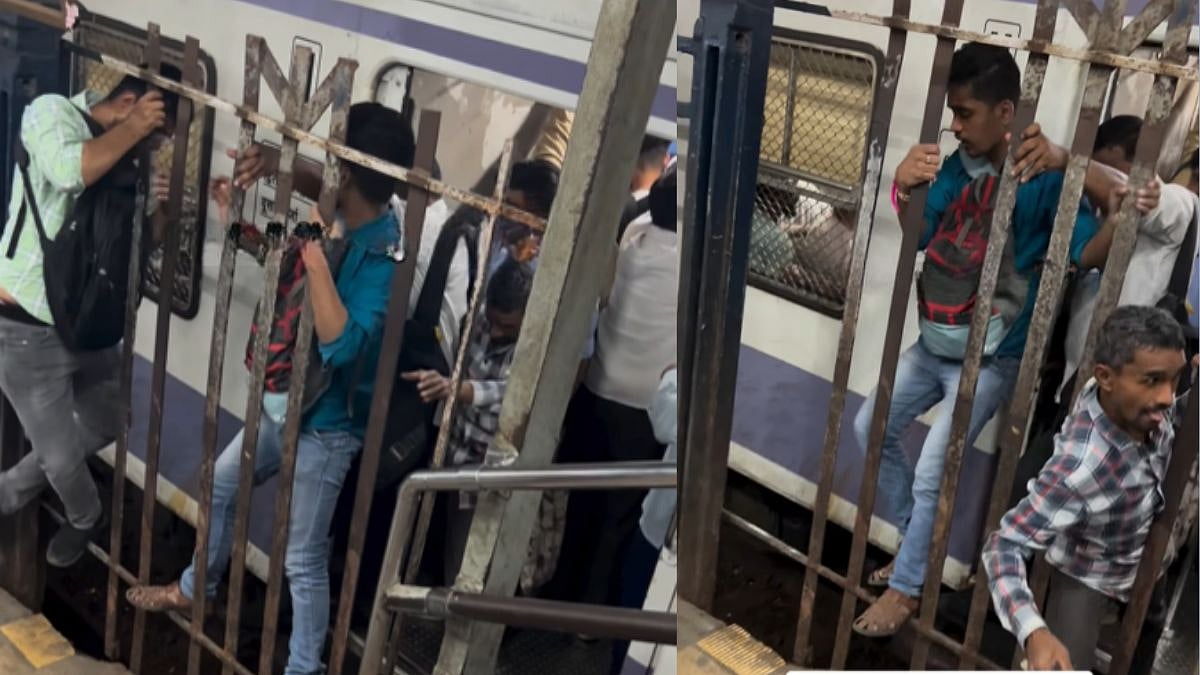Kolis
For over 500 years the Koli fishing communities have been living and working along the coastal waters of the seven islands that made up the present day city of Mumbai. Around 5,00,000 Kolis approximately are living in and around the Mumbai area. Some of Mumbai’s well-known locality names today originate from the Koli community, such as Worli and Dongri.
Most still making their living off the sea despite a very different world rising up all around them on the land, and arguably even more drastic changes taking place below the waters of the sea they depend on.
The Kolis of Mumbai have thrived in the hidden quarters of the city, the ‘koliwadas’, which essentially means “a home that opens to the sea.” The Worli Koliwada, Sion koliwada, Vasai Koliwada and Colaba Koliwada are prominent koliwadas in Mumbai.
The Kolis mostly follow Hinduism and Christianity with few members follow other religious traditions. The Koli festival called ‘Narali Punav’ marks the onset of a new fishing season and is celebrated in a grand manner.
The Koli dance form is an important part of the community’s identity. The dance form incorporates elements of sea and fishing where men and women dance in unison. The dancers portray movements of the boats and waves and the exercise of netting the fish.
Even today, most of their daily trade of fishing is done, as it has been since the late 1800s, at Sassoon Dock, at sunrise. The name Mumbai for the city was coined keeping in mind ‘Mumbadevi’, the Goddess worshipped by the Kolis.
Gujaratis
The Gujarati language has never been an alien tongue for Mumbaikars ever since the city was founded. Today Mumbai city has the fifth largest Gujarati speaking population in the country. According to the census of 2011 the number of native Gujarati speakers in Mumbai is just marginally lower than the number of native Gujarati speakers in cities of Vadodara for Rajkot in the state of. Gujarat.
The traders from Gujarati communities in Mumbai have linkages to the city going back several generations, some since the pre-independence period. Parts of Gujarat and Maharashtra were once part of the same state : The Bombay Presidency.
The status of Mumbai after the state reorganisation has also been a major bone of contention between Marathi is in Gujarat is of the city.

Modern-day Mumbai is the capital of the state of Maharashtra, but until the creation / reorganisation of this state in 1960 the city has always been as closely linked to Gujarati culture as it has been to Marathi culture. During most of the colonial period, Gujaratis held the preponderance of economic and political power. This preponderance is still evident in some parts of the city even today, where centuries old businesses and residences belonging to Gujarati community still exist.
Love them or hate them, but political parties look at ways to woo the community in Mumbai to grab the fat slice of Gujarati vote bank in the areas dominated by the community. In February this year, as part of its attempt to woo the Gujarati vote bank, the Shiv Sena held its second gathering of the Gujarati community in Malad (West), where 21 Gujarati industrialists and businessmen, including Pradeep Jain, Paresh Pandya and Atul Shah, joined the party. The move is in the run up to the February 2022 civic polls.
The community draws its security from its indispensable role in the city's economic engine. The city's grain, textile, paper II and metal trade is dominated by Gujaratis. 90 percent of of the diamond merchants in the city belong to the Gujarati community. The stock broking field draws many Gujarati.
Parsis
Mumbai is home to the world’s largest surviving community of Parsis, people of the ancient Zoroastrian faith, who fled Iran in the 10th century to escape religious persecution by the new Muslim rulers of Persia. ‘Parsi’ or 'Parsee' literally means Persian.
Zoroastrians believe in a single deity, Ahura Mazda, who is worshipped at agiari (fire temples) across Mumbai, which non-Parsis are forbidden to enter. Parsi funeral rites are unique: the dead are laid out on open-air platforms to be picked over by vultures. The most renowned of these, the Tower of Silence, is located below the Hanging Gardens in Malabar Hill, yet screened by trees and hidden from public view.
The Parsis came to Mumbai during the seventeenth and eighteenth centuries with the encouragement of the English government. They took to business, the medical and legal professions and were the first to take advantage of western education.
Dorabji Nanabhoy is considered to be the first Parsi to move to the islands where Mumbai is now located. He settled in 1640 following the arrival of the Portuguese, for whom he is said to have worked as a manager. Parsi migration to the city from rural areas of Gujarat continued over the next several decades as the British took control of Bombay with the establishment of the East India Company.
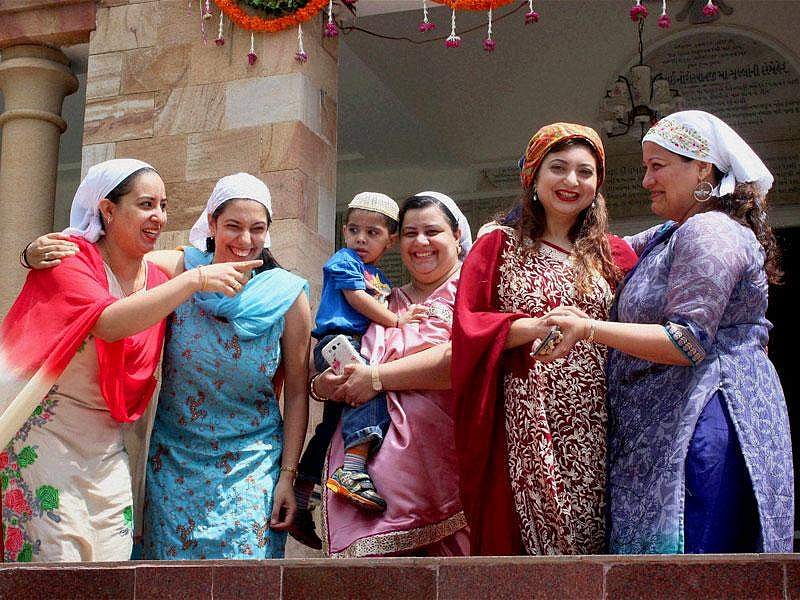
The Mumbai Parsi community is extremely influential and successful, with a literacy rate of 98.6% (the highest in the city). Of all the Parsi colonies in Mumbai, Dadar Parsi Colony remains the largest. It is home to about 15,000 Parsis, roughly 12% of the community's global population. Dadar Parsi Colony, one of 25 colonies in Mumbai that officials designed solely for Parsis, an ethnoreligious group of Persian descendants in India who follow the Zoroastrian religion.The Colony was established in the mid-1890s after the bubonic plague tore through Bombay, as Mumbai was then known, claiming thousands of lives.
Today, Parsi heritage and influence can be found in every nook and cranny of the financial city – from the various Parsi eateries, Irani cafes & bakeries and Parsi businesses that have steered the growth of the city. The premier Jehangir Art Gallery, the landmark Taj Mahal Palace Hotel all give a glimpse of Parsi culture in Mumbai. Eminent figures in Mumbai belonging to the Parsi community include Sir Sorabji Nusserwanji Pochkhanawala, one of the founders of the Central Bank of India and Pherozeshah Mehta, one of the founding members of the Indian National Congress, to Cowasjee Nanabhoy Davar who set up the country’s first cotton mill, leave a rich legacy revered all around the country.
East Indians
The East Indians, a unique community of Mumbai, consists mainly of Catholics. The name, the East Indians, was given by the British to differentiate the community from Goans and Mangaloreans (West Indians) who were also Catholics and had migrated to Mumbai.
The area constituting the villages of the East Indian community consists of the former seven islands of Bombay given to the British as dowry by the Portuguese, the former island of Salsette ruled by the Portuguese, Thana, Bassein (Vasai), Chaul, and parts of Raigad.
Approximately 3,50,000 East Indians exist in and around Mumbai across 80 gaothans. Some of the gaothans can still be found at the Manori-Uttan stretch, northern suburbs of Bandra, Kurla, Vakola, Malad, Vasai and Andheri. One such gaothan known as Khotachiwadi is present at Girgaon.
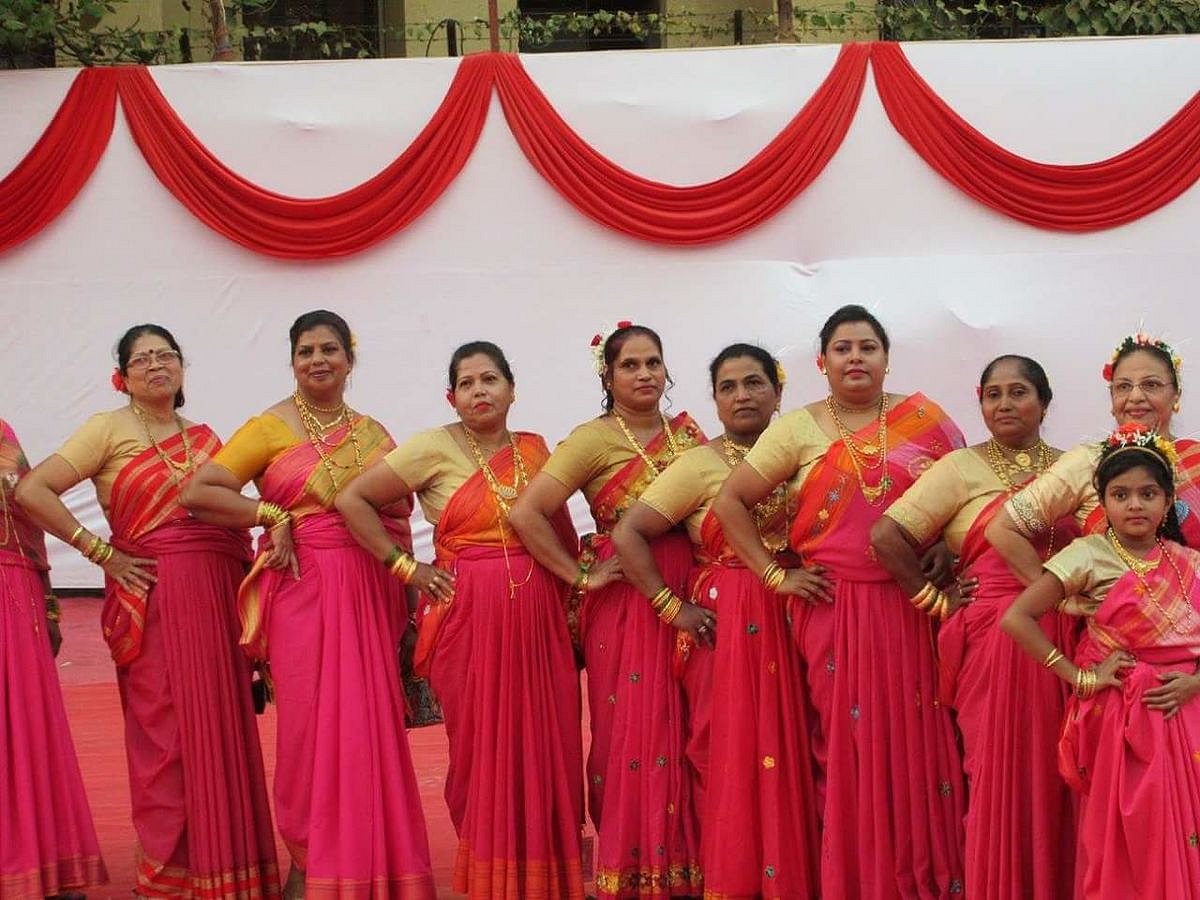
The East Indian communities were typically into farming and fishing. Most farmers had their own land and were involved in rice, paddy and corn harvest. Other professions associated with the East Indians were that of salt pan workers and toddy makers. Some of them were fishermen and boatmen as well.
East Indian Catholics speak a dialect of Marathi, which they retained despite Portuguese influence. The Marathi language is central to the community's identity.
There are five East Indian cultural groups: Kulbis, Samavedi Christians, Koli Christians, Wadvals and Salsette Christians. These groups distinguish themselves from, Mangaloreans, and Goans, though most are converted to Roman Catholic in Bombay and are called East Indians.
Dawoodi Bohras
A Dawoodi Bohra is usually easy to pick out on a crowded Mumbai street. Usually the women wear ridahs — colourful burqas — over their clothing, the men even if not clad in white wear white skull caps with gold embroidery.
The Mumbai-headquartered Dawoodi Bohra community has a rich legacy of business, overseas maritime trade, and, today, a strong global community network that connects its 1 million faithful, wherever they are, in real time. The community's strength is its network, even 1,000 years ago, even without technology.
The key indicator that Bombay had a thriving Dawoodi Bohra settlement, is a community document of 1813, which refers to the first Bohra Masjid (today known as Badri Masjid) in the Fort area of the city being endowed by a local merchant Chandabhai Seth or his heirs. Another record from 1830-31, states that there were 150 to 200 Bohra shops in the vicinity of their mosque, on Bohra Bazaar Street, which runs parallel to Dadabhoy Naoroji Road, where Badri Masjid stands.
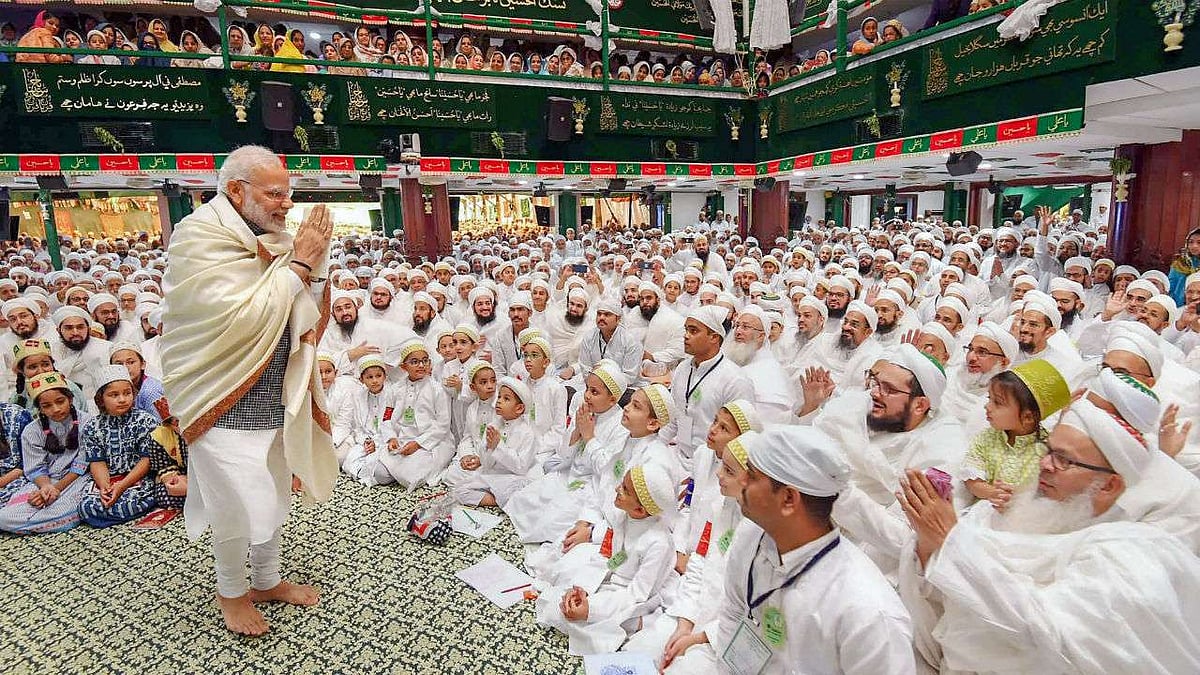
The Dawoodi Bohras, a 25-lakh strong Shia Ismaili sect of Muslims, are a prosperous trading community spread over Mumbai, Karachi, East Africa, Egypt and Yemen. The biggest numbers, however, are concentrated in the crowded lanes of South Mumbai’s Bhendi Bazaar and Crawford market, where they live amidst their business outlets, and centres of prayer and education.
The close-knit Bohra community in Mumbai city today has a population of roughly around 65,000.
Tamilians
The Tamil people, also known as Tamilians, or simply Tamils are a Dravidian ethno-linguistic group who trace their ancestry to the South Indian state of Tamil Nadu, Union territory of Puducherry and to Sri Lanka. Tamils, with a population of around 76 million and with a documented history stretching back over 2,000 years, are one of the largest and oldest extant ethnolinguistic groups in the world.
In Mumbai, Tamilian communities were formed predominantly at Dharavi, Matunga, Sion, Chembur and pockets of Navi Mumbai. Matunga and Dharavi hold a special place in the imagination of Tamilians, because it is the land where many Tamilians migrated to make their fortune. They left villages with long, syllable-laden names and returned as posh Bombayites.
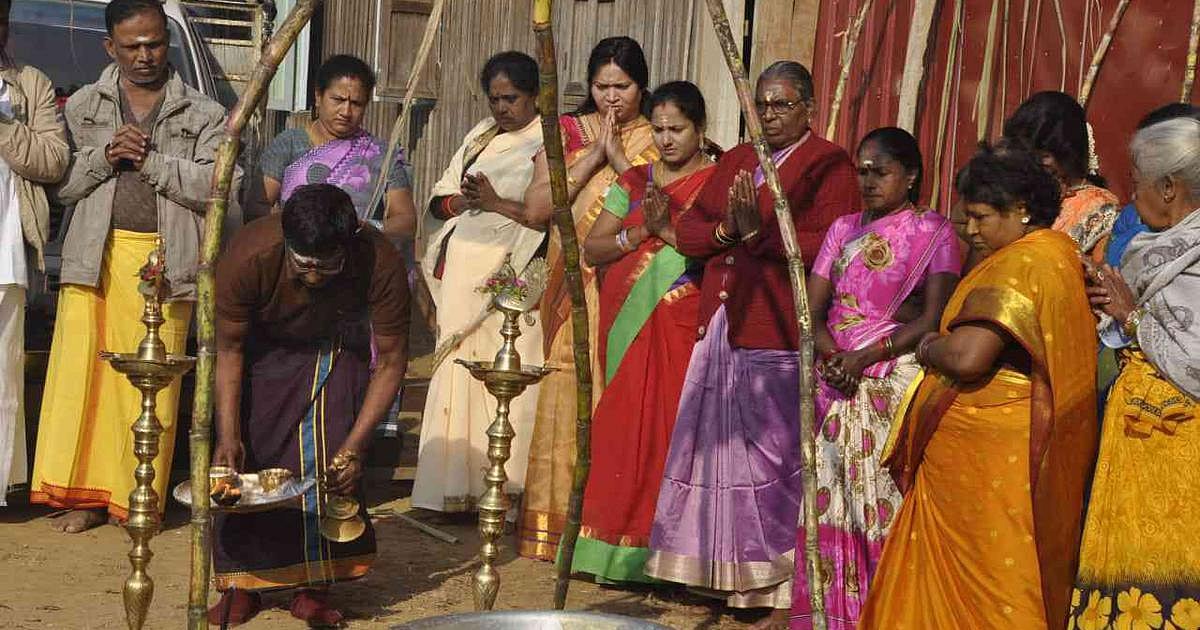
These early Tamilians who migrated to Bombay did not forget their roots. Rather, they fulfilled their love and longing for their ancestral homeland by duplicating its ecosystem in their new home. Now, Tamilians spread across various areas of Mumbai and reside even in the interior pockets of Aarey Milk Colony, Goregaon.
Majority of Tamil people are Hindus, many follow a particular way of religious practice that is considered to be the Tamil religion, venerating a plethora of village deities and ancient Tamil Gods. There are Muslims and Christians, and a small Jain community among Tamilians.
The most important Tamil festivals are Pongal, a harvest festival that occurs in mid-January, and Varudapirappu, the Tamil New Year, which occurs on April 14.
As part of Tamil cuisine, rice is mostly eaten with vegetarian and non-vegetarian curries. Traditionally, food is served on a banana leaf. The cultural dishes include dosa, idli, and vadai served with sambar and chutney, rasam replaces soup in Tamil cuisine.
Konkani Muslims
Konkani Muslims are an ethnoreligious subgroup of the Konkani people primarily living in the Konkan region of western India, who practise Islam. Indigenous Muslims from the districts of Sindhudurg, Ratnagiri, Raigad, Mumbai city and suburb, and Thane are generally regarded as Konkani Muslims.
Konkani Muslims follow the Shafi'i school of Sunni Islamic law. This is in contrast to the rest of North India and Deccan regions whose Sunni Muslims adhere to the Hanafi school.
Konkani Muslims speak a variety of dialects of Marathi collectively called Maharashtrian Konkani. The cuisine of Konkani Muslims is non-vegetarian, mostly seafood. Its staple food is rice and bread made of rice (preferred at dinners) with fish and lentils or vegetables. It is mainly influenced by Maharashtrian cuisine.

Muslims began settling in Bombay as early as the beginning of the 18th century, in Mahim, the northernmost of the seven original islands making Bombay. They were attracted to Bombay by the maritime nature of its European occupants, settled there and amassed wealth first as ship’s masters and sailors, and then as merchants and shipowners The great success stories of Bombay magnates include those made by Konkani Muslim families, such as the Kurs, the Roghays, and the Ghattays, who entered the China trade and also traded in pearls with Madras.
Konkani Muslims later on settled in the eastern part of the native quarter of Bombay, near where the Jama Masjid was built around Dongri fort.
Pathare Prabhus
The small community of Pathare Prabhu was dominant till the mid 19th century. Among the earliest immigrants to the city, they were administrators and clerks during the Maratha rule and later during the earlier days of British occupation. Though they were not prominent names in business, they were cultural trend-setters in clothing fashions and the performing arts.
The community of Pathare Prabhus is also one of the oldest that came to Mumbai from Gujarat during the time of the Silaharas in the 13th century. Along with other groups like the Palshikar Brahmins and the Panchkalshis, the Pathare Pradbhus were the first migrants to the city, having come to the islands in the 13th century along with king Bhimdev. Except under the Portuguese, they always held high administrative jobs in the government. They amassed wealth and became property owners in the seventeenth and eighteenth centuries. They were the most advanced community and led the other Hindu communities in fashion and dress till the mid-nineteenth century.
The city's famous landmarks such as Bhau-cha-dhakka (Ferry Wharf - Mazgaon Dock), Mahalakshmi Temple, Thakurdwar’s Gora Ram Mandir and Kala Ram mandir, Dadar’s Prabhadevi Mandir, Kalbadevi’s Shri Ram Mandir and Dadar’s Kirtikar Market etc. that were built by Pathare Prabhu community are still in existence.
Bhandaris
The Bhandaris are the next oldest and earliest inhabitants of Mumbai. Originally warriors, the Bhandaris claim their trace origins to North India, from where their ancestors travelled to many parts of the country along with the dynasties they fought for.
The name Bhandari is derived either from Mandharak ( a distiller) or Bhandar (Treasury). The Bhandaris were either farmers or soldiers. The poorer among them were toddy tappers who operated liquor shops. Some of them blew trumpets, known as Bhongulees, and they also spoke Marathi. In course of time, they took to different occupations, owing to necessity.
A book called The Bombay City Police by SM Edwards also refers to the community as part of the first force for the prevention of crime that was established by Gerald Aungier, the Governor of the Island in the 17th Century, as night watchers. The book states that the East India Company’s attempt at protecting its trade and possessions from the Dutch, Portuguese, Mughals and others was done through organising a militia under the command of Subhedars who were Bhandaris.
The Bombay Bhandaris were formed into a battalion composed of 48 officers and 400 men, which furnished nightly a guard of officers and 100 men ‘for the protection of the woods.
Due to the economic backwardness the community experienced, they were given OBC (Other backward class) status in the state.
The famous Bhandari Street at Kumbharwada in south Mumbai is a testament to the Bhandari community that has traces of inhabiting in the the city of Mumbai for over three centuries. The community has a special connection to the city: the Bhandari Militia, comprising members of the community, was the first police establishment in Mumbai (then Bombay) under the British East India Company.
Baghdadi Jews and Bene Israelis
The history of the Jews in Mumbai (Old Bombay), began when Jews started settling in Bombay during the 18th century, looking for the economic opportunities. The Jewish community of Bombay consisted of the remnants of three distinct communities: the Bene Israeli Jews of Konkan, the Baghdadi Jews of Iraq, and the Cochin Jews of Malabar.
Mumbai is home to the majority of India's rapidly dwindling Jewish population. At its peak, in the late 1940s, the Jewish population of Bombay was nearly 30,000 to 40,000.
Today around 4,000 to 5000 Jews live in Mumbai, and there are 10 synagogues in the city.

The first Baghdadi Jew - Joseph Semah, moved to Bombay from Surat in 1730 and the first member of the Bene Israel community to move from the Konkan villages south of Mumbai to the city arrived in 1746 part of the Divekar family. In 1796 Samuel Ezekiel Divekar (Aka Samaji Hasaji Divekar) (1730-1797) established "The Gate of Mercy" synagogue (also known as Shaar Harahamim and Juni Masjid) is the oldest synagogue iin Mumbai at Esplanade in South Mumbai. The synagogue was later rebuilt and moved to the present location at Mandvi in 1860.
The Sassoons were the most prominent Baghdadi Jew family in the city. The Sassoon family looked after the Baghdadi Jewish community, their synagogues and other institutions. They and the Currimbhoys owned textile mills that provided employment. It is believed that Flora Sassoon, a member of the family, was the first prominent woman in business in Mumbai. David Sasoons philanthropy is still evident today in the architectural masterpieces that dot the city and bear his name.

